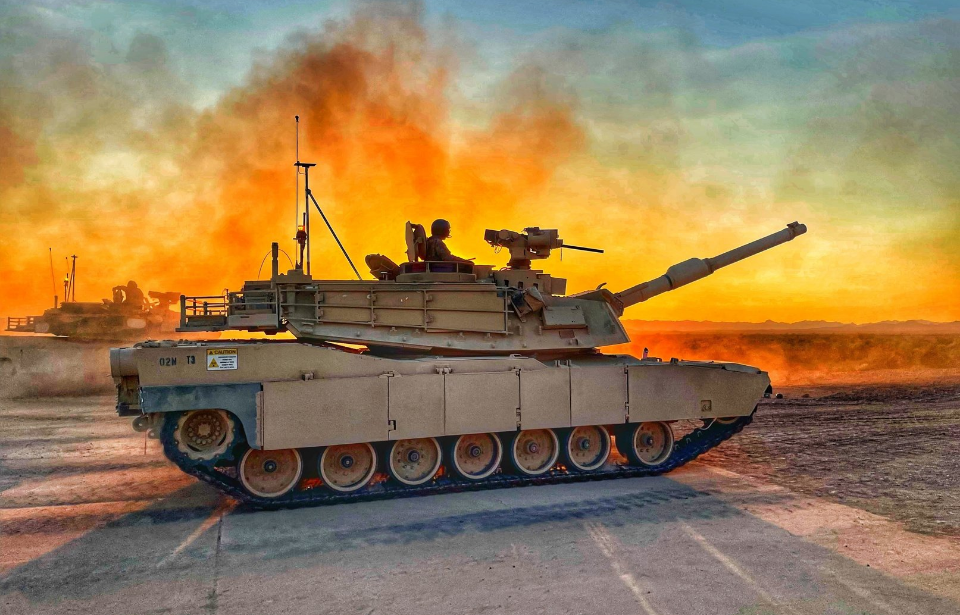Two crews with the US Army were the first to test out a new type of tank munition, capable of performing the jobs of four rounds already being used by the military. According to the Army, if further tests prove successful, it’ll afford tank crews an unparalleled advantage on the battlefield.
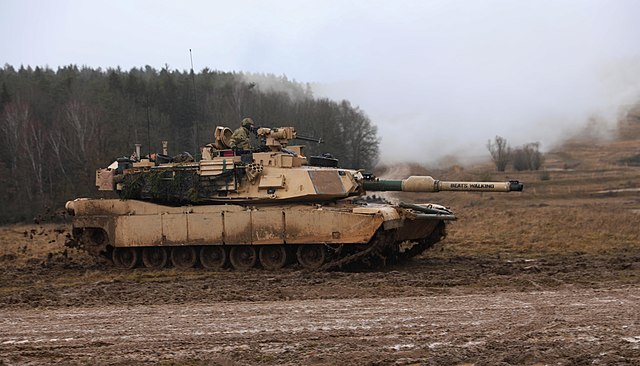
The two crews were part of Crazy Horse Company, 1st Battalion, 8th Infantry Regiment, 3rd Armored Brigade Combat Team, 4th Infantry Division, led by 2nd Lieutenant Jake Hall and Staff Sergeant Nicholas Smearman. They were the first to fire the XM-1147 Advanced Multi-Purpose (AMP) round, which has been in development by Northrop Grumman Defense Systems for 15 years.
During the test, 86 service rounds were fired, testing the AMP’s ability in multiple scenarios and against various targets.
“Being able to see the effects that this round was able to have downrange, engaging a multiple of targets, bunkers, walls, troop targets, armored vehicles, it’s a very functional round; instead of having five different rounds, it brings it down to two,” said 2nd Lt. Hall.
Currently, the Army utilizes five 120MM service rounds. The intent of the AMP is to replace four: the M830 High Explosive Anti-Tank (HEAT), the M830A1 Multi-Purpose Anti-Tank (MPAT), the M908 obstacle reducing (OR) round, and the M1028 canister (CAN) round.
The OR is designed for obstacle reduction, while the M830A1 MPAT and the M830 HEAT rounds are designed for light armor and, in the case of the MPAT, aerial targets. The M1028 CAN round is meant to engage troop targets over the max effective range of mounted machine guns.
The AMP encompasses all of these capabilities and more. For tank crews, this serves an important purpose by addressing the “Battle-Cry Dilemma,” as well as providing them with added time and space.
“What this round has done is it’s going to make tactical planning in an operational environment a lot easier,” said Staff Sgt. Smearman. “The term that we use is ‘Battle-Cry,’ what round we have in the breach when we enter combat, usually that’s going to be decided by what we expect the enemy to be throwing at us if we’re expecting tanks, we’re going to battle cry SABOT, our tank defeating round. [The AMP] allows us to battle-cry that round without fear of running into a different enemy.”
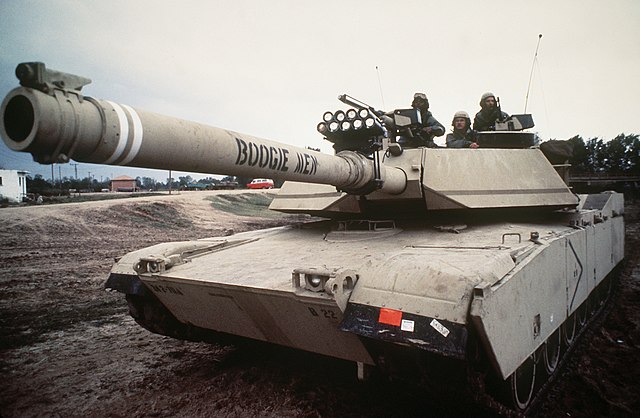
The Army initially planned to conduct a test on the round last year, but postponed it due to the COVID-19 pandemic. The crews involved in September’s test are aware of the impact the AMP round could have on the Army and the Armor branch as a whole, with Staff Sgt. Smearman saying:
“It was incredible. To be out there doing what we’re doing, to be able to set forward the future of (M1) Abrams development, and the fact that we are the first ones out there, probably be the only ones who have hands-on this round for a long time, to be able to set that historically, we felt honored to be out there.”
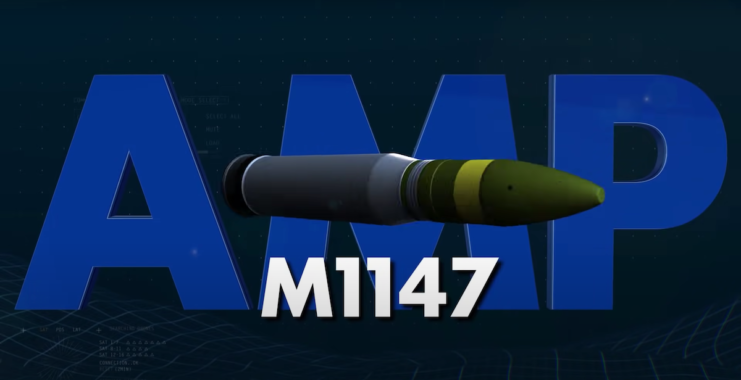
Despite the AMP round still being in development, the Iron Brigade has been steadily upgrading its M1A2 Abrams fleet. Its tank crews have spent much of their time sending their platforms to receive the software and material upgrades required to use it.
For the crews of Crazy Horse, this can’t come soon enough. “One of the questions they asked us during the focus group was ‘would you feel confident taking this round into an operational environment?’ And it was a resounding ‘yes’ from all of us. I’d take it to hell and back,” said Staff Sgt. Smearman.
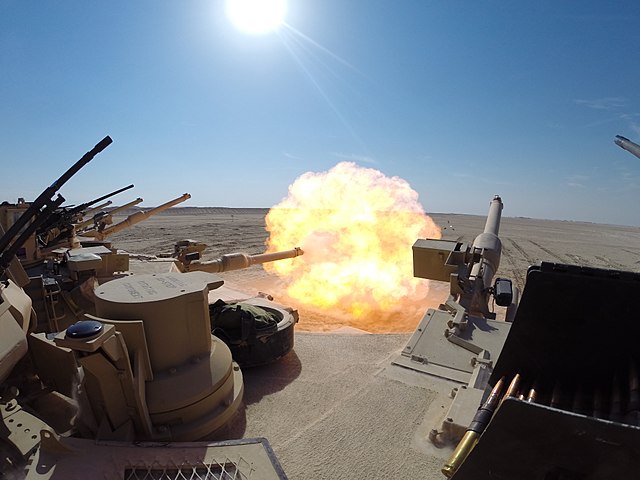
More live-fire testing is scheduled to occur in 2022.
